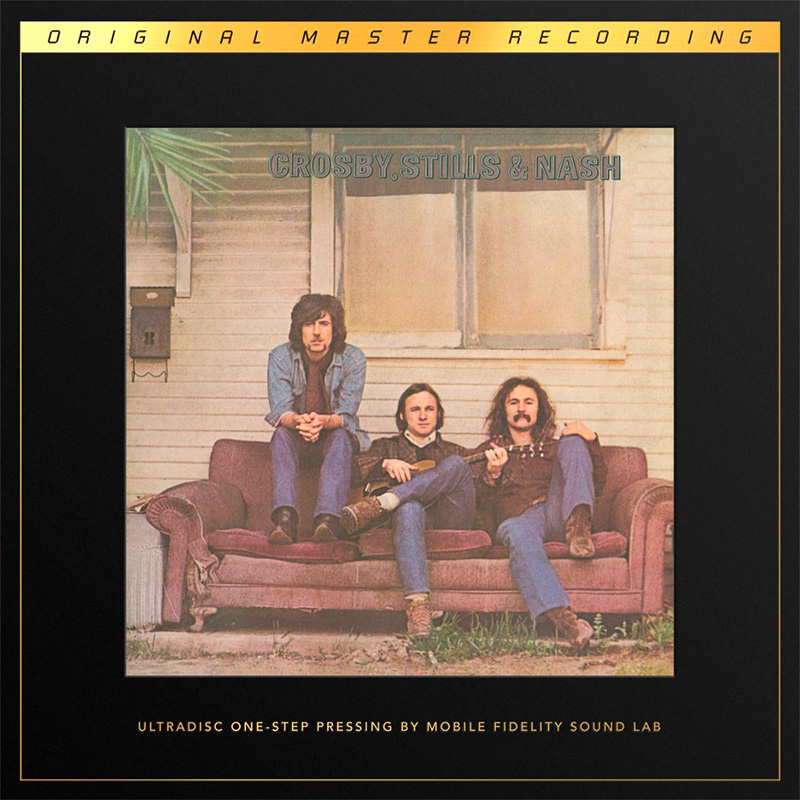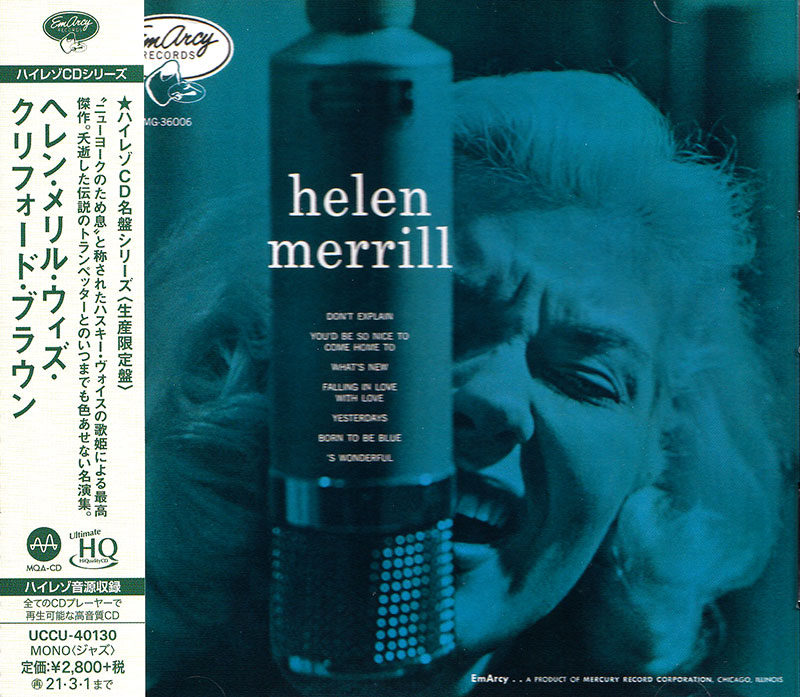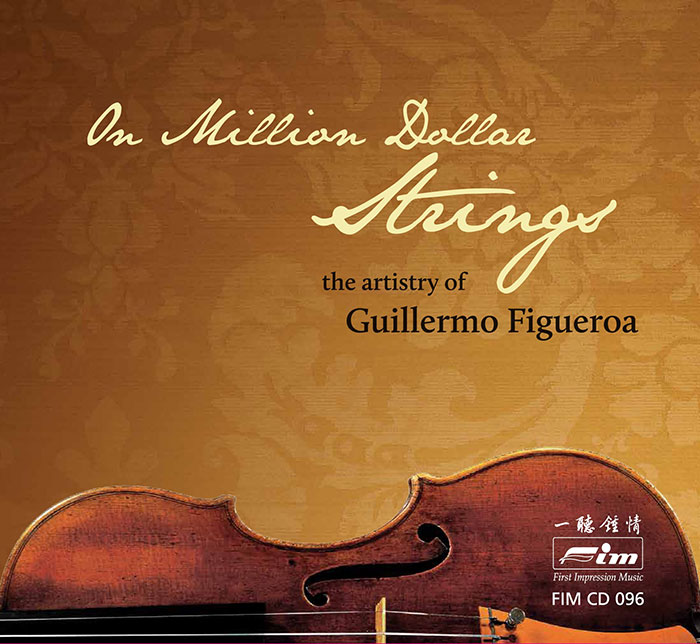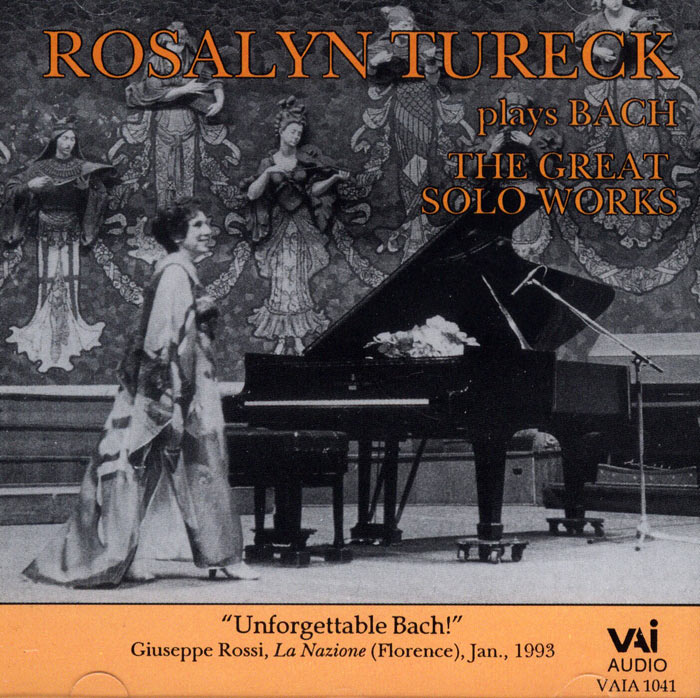Logowanie
OSTATNIE EGZEMPLARZE
Jakość LABORATORYJNA!
ORFF, Gundula Janowitz, Gerhard Stolze, Dietrich-Fischer Dieskau, Deutsche Oper Berlin, Eugen Jochum
Carmina Burana
ESOTERIC - NUMER JEDEN W ŚWIECIE AUDIOFILII I MELOMANÓW - SACD HYBR
Winylowy niezbędnik
ClearAudio
Essence MC
kumulacja zoptymalizowana: najlepsze z najważniejszych i najważniejsze z najlepszych cech przetworników Clearaudio
Direct-To-Disc
PIAZZOLLA, ChamberJam Europe
Tangos del Ángel y del Diablo
Direct-to-Disc ( D2D ) - Numbered Limited Edition
BRAHMS, Arturo Toscanini, Philharmonia Orchestra
Symphonies Nos. 1-4 (Complete) / Tragic Overture / Variations on a theme by Haydn for orchestra

2010
“The concerts recorded here preserve the two legendary occasions in the autumn of 1952 when in a Brahms cycle at the Royal Festival Hall Toscanini conducted the Philharmonia Orchestra, then only six years old but already the front runner among London orchestras. The recording itself, now legendary, has generated pirated versions, but never before has the original made by EMI, under the supervision of Walter Legge, been officially released. Testament's remastering is a revelation. This new set brings the clearest of demonstrations that the RCA recordings of Toscanini and the NBC Symphony Orchestra made during the last years of his life (including his Brahms cycle of the very same 12-month period) give only an imperfect picture of a conductor who at the time, and for a generation or so previously, was almost universally counted the greatest in the world. That reputation has been eroded over the years, but this issue may help to put the record straight.
Take for example the quite different NBC version of No 3 that he recorded in New York barely a month after this performance: as Alan Sanders says in his note, a 'rhythmically staid recording which entirely lacked the lyricism and eloquence of the Philharmonia performance'.
His description points to the marked contrasts, not only in No 3 but in all four symphonies.
Whereas the New York performances, resonant and superbly drilled, have a hardness and rigidity, with the dynamic contrasts ironed out, thus eliminating pianissimos (partly a question of recording balance), the Philharmonia's consistently bring a moulding of phrase and subtlety of rubato which bears out the regular Toscanini instructions to 'Sing!'. And in contrast with most Toscanini recordings, the hushed playing is magical. The New York players, by comparison, seem to have forgotten how to respond to the finer subtleties of this notorious taskmaster among conductors. The extra flexibility of the Philharmonia performances over the NBC has an interesting effect on tempo too. Whereas in No 1 the NBC speeds of 1951 are faster, not just than those of the Philharmonia but of the 1941 NBC performance, in the other three symphonies the Philharmonia timings tend to be a degree quicker, notably in No 3, where for example the Andante flows far better.
Walter Legge fought hard to get these live recordings officially released – now we can understand why.”



























